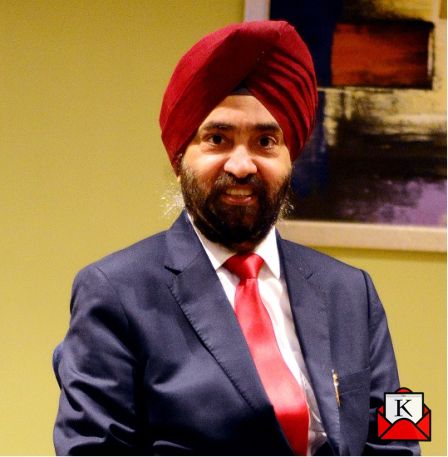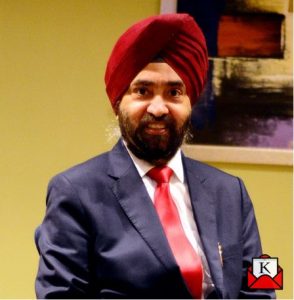Guest Blog- Cause, Cure and Symptoms of Nearsightedness


Nearsightedness, also known as myopia, is a very common vision condition wherein our eyes can focus clearly on nearby objects but have difficulties in focusing on far-away objects. Myopia is the most common eye problem in the world and affects more than 20% of the total global population said Dr Mahipal Singh Sachdev Chairman Centre for Sight .
Myopia is considered a “refractive error”:
A “refractive error” refers to a problem where the eye cannot properly focus light on the retina due to the shape of the eye. Other refractive errors of the eye include hyperopia and astigmatism. Refractive errors of the eye are usually corrected with eyeglasses, contact lenses, or surgery.
Nearsightedness Symptoms:
Symptoms of nearsightedness include:
- Not being able to focus on distant objects.
- Experiencing headaches due to eye strain.
- Vision problems when driving, especially during the night.
Nearsightedness often starts affecting people when they are at a young age. Some symptoms of myopia in a child include:
- The urge to sit closer to the TV or movie screen.
- Excessive blinking.
- Frequent rubbing of the eyes.
- Unable to be aware of objects at a distance.
Causes
The exact reason why a person is affected by nearsightedness is still not precisely known. However, some factors contribute to this refractive error of the eye.
Myopia occurs when the cornea of the eye is not, or the eyeball is too large. The light rays entering the eye are not able to focus on the retina, which results in blurry vision.
There are two main risk factors that have been identified with myopia –
The first one is genetics as it has been observed that myopia is usually carried from generation to generation. It is much more likely for the child of myopic parents to be myopic as opposed to a child with non-myopic parents.
The second risk factor is when the eye is being used to focus on near objects for long durations of time, such as looking at computer screens or reading.
Treatment
Glasses or contact lenses usually correct myopia. Depending on the severity of their myopia, a person would have to wear his glasses all the time or only when they are doing certain kinds of activity, like driving or reading.
Refractive surgery such as LASIK or SMILE can reshape the cornea of the eye and fix myopia, which allows the patients to see clearly again without using any aids for their vision.
There are also some methods that have been suggested to stop the progression of myopia in children like low-dose atropine eye drops or fitting them with bifocals, gas permeable contact lenses, or progressive lenses. However, the results of these methods have been mixed, at best.
Myopia in children and regular eye exams
A child should get their first eye exam at the age of 6 months, the second at the age of 3 years and one more before they begin their first year of school. This is more important if your child is genetically disposed to refractive errors of the eye like myopia. Ensure the best possible vision for your child with regular eye examinations.
About the author- Dr Mahipal Singh Sachdev , Chairman Centre For Sight
